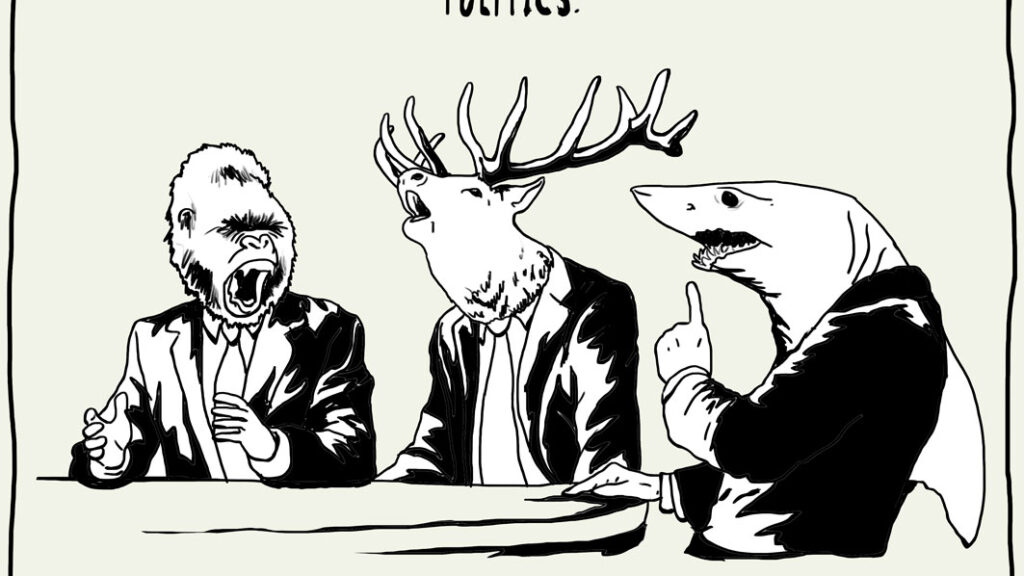As I sit here on this gloomy spring morning, the tentacles of a migraine still latched onto the left side of my head, I am reminded of the phrase, “Do as much as necessary and as little as possible.”

I first heard this phrased used around physical training. Think of an Olympian, for example, who has a finely tuned workout schedule designed to create gold-medal worthy results. She can’t back off and do less, otherwise, she risks her performance. She also shouldn’t do more, even if she’s capable of it, because doing more interferes with the rest and recovery necessary to perform at a high level. She doing both as much as necessary and as little as possible to reach her goals.
The idea is that doing more for the sake of doing more isn’t beneficial. That extra energy has to go somewhere, and if you’re not careful, that untamed energy leads to overuse and destruction.
Case in point: a Sunday night migraine that bleeds over to Monday because you broke your “no work on Saturday, under any circumstances, because you need to force yourself to rest so you don’t get sick” rule.
“Do as much as necessary and as little as possible” is tricky, though. Not only does it go against the “hustle harder” mantra that has so dominated our culture over the last decade, but it also gives those without much…shall we say, gumption, a route to laziness.
Take parenting, for example. I know one couple who, in all likelihood, will push their kid to take the SATs twice (and the ACTs twice, for good measure), even if the first go around yields scores strong enough to get the kid into her school of choice. I also know another couple whose neuro-typical seven year old can’t read or write his own name, but because they feed the kid and plop him in front of Zoom school for an hour a day, they’ve rationalized that they’re doing what is “necessary” to keep CPS off their back.
Both scenarios are recipes for different types of destruction. The SAT kid doesn’t need to expend more energy when the goal has already been met. Doing so will only lead to unnecessary, and prolonged anxiety, self-doubt, and shame. Meanwhile, the illiterate seven year old doesn’t even have a shot because of his parent’s fundamental disregard over what constitutes “necessary” parenting.
Ultimately, what is “necessary” is subjective and meaningless without clear goals or expectations. Get clear on what you want and what it takes to get there, but stop once you cross that line. Any effort beyond what is required is a liability.
Need a little giggle? Order one of my Fuckit Buckets™.
After 15 years of depression and antidepressants, my mission is to help people find hope in the name of healing. My memoir on the subject, MAY CAUSE SIDE EFFECTS, publishes on May 10, 2022. Pre-order it on Barnes & Nobles, Amazon, or wherever books are sold. For the most up-to-date announcements, subscribe to my newsletter HAPPINESS IS A SKILL.
Coming September 6, 2022
May Cause Side Effects
Brooke’s memoir is now available for preorder wherever books are sold.
This is a heart-rending and tender memoir that will start conversations we urgently need to have. It’s moving and important.
Johann Hari, author of New York Times bestseller Chasing the Scream and international bestseller Lost Connections: Uncovering the Real Causes of Depression—and the Unexpected Solutions
More articles from the blog
see all articles
October 28, 2022






















